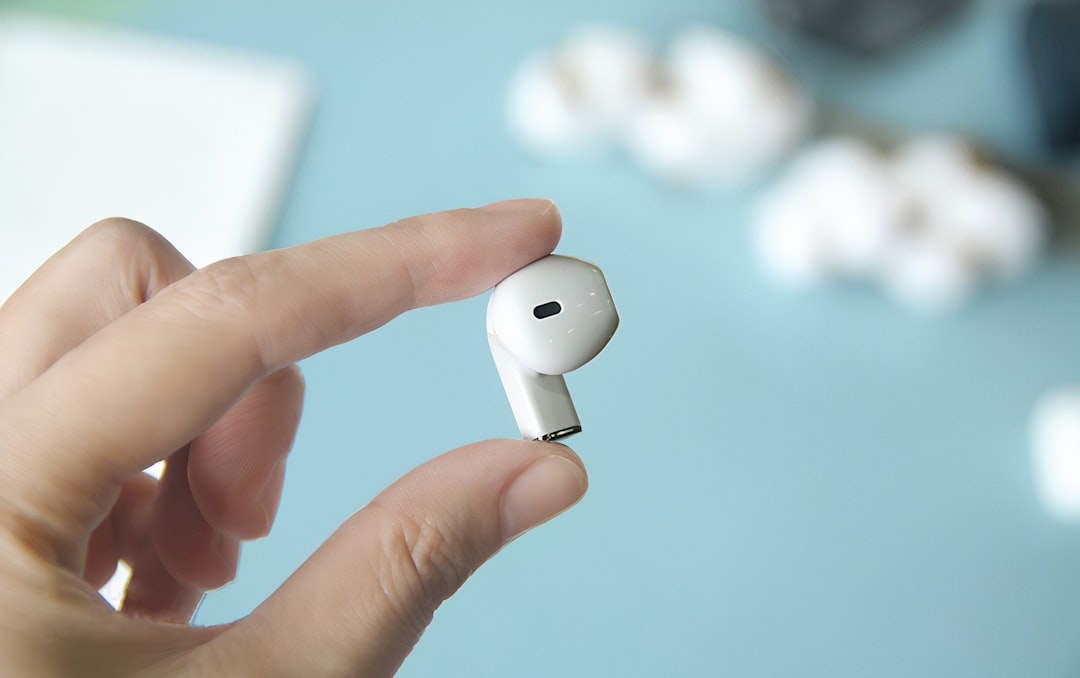Summary: While wired EarPods offer certain audio advantages, they aren’t the ideal solution for improving wireless earbuds. Wireless audio technology is evolving with new codecs and innovations like Qualcomm’s S7 Pro chip and Nothing’s Super Mic, promising better sound quality and convenience without the hassle of cables.
A Personal Take on EarPods and Wireless Earbuds
Let me be clear: I’m not young, but I’m not old either. There are just some things I don’t do—like wearing big pants, drinking caffeine past 1:30 p.m., and definitely not messing with EarPods. And to clarify, I’m not talking about AirPods, Apple’s wireless Bluetooth earbuds. I mean EarPods—the wired ones that connect to your phone via USB-C or Lightning cable, depending on your device.
You might wonder why I even need to explain this. Well, wired earbuds are making a comeback, especially among younger folks. Even I admit that wired earbuds can sometimes deliver better audio quality. They often come with dongles that improve voice call clarity and usually cost less than wireless earbuds. But unlike younger generations, I remember when wired earbuds were the only option—and it wasn’t always great.
The Wired vs. Wireless Debate
Remember untangling earbuds from your pocket? It was a nightmare, especially on a crowded New York subway. That’s why when I first tried wireless earbuds—a free pair from TCL at CES—it was a game changer. Sure, they sounded mediocre, and I probably lost them quickly, but the freedom from wires was liberating. No more tangles or accidental strangling on the train, just easy, if subpar, wireless listening.
Maybe I’m just a grumpy old man, like those who scoffed at millennials bringing back cassettes. But I’m not just nostalgic—I want wireless earbuds that sound as good as wired ones.
The Challenge of High-Quality Wireless Audio
Here’s the catch: standard Bluetooth compresses audio, which reduces quality. Thankfully, codecs like Sony’s LDAC and Apple’s ALAC help minimize this compression. But the variety of codecs makes high-res streaming complicated—you need to know what your device supports. You could use a dongle to access better codecs like LDAC or AptX on an iPhone, but let’s be honest, most people don’t want to deal with dongles.
Wireless hi-res audio should be easier to get, especially since manufacturers have spent countless hours refining wireless headphones to sound clean and distortion-free. And there are promising developments on the horizon.
Emerging Technologies Improving Wireless Audio
In 2023, Qualcomm introduced the S7 Pro chip for wireless earbuds, enabling playback over both Bluetooth and Wi-Fi. This is a big deal because Wi-Fi offers less compression and a longer range than Bluetooth, thanks to your router’s coverage. Qualcomm’s XPAN (Expanded Personal Area Network) technology also allows seamless switching between Bluetooth and Wi-Fi, though hardware makers still need to adopt it widely. While it’s not perfect for on-the-go use, it’s a promising step forward.
On the microphone front, companies like Nothing have made strides. Their Ear 3 earbuds feature “Super Mic,” which uses the charging case as a clearer microphone—similar to the mic dongles from wired earbuds. While my experience with Super Mic was mixed, the concept shows potential. Maybe another company will perfect it.
The Future of Wireless Earbuds
Wireless streaming via Bluetooth is gradually improving. If you prefer wired earbuds for lower latency, better sound, or simply the look, that’s totally fine. But for those of us who prioritize convenience and want high-res audio without cables, the future looks bright. We don’t have to go back to tangled wires just yet—we just need better wireless earbuds.
